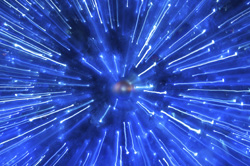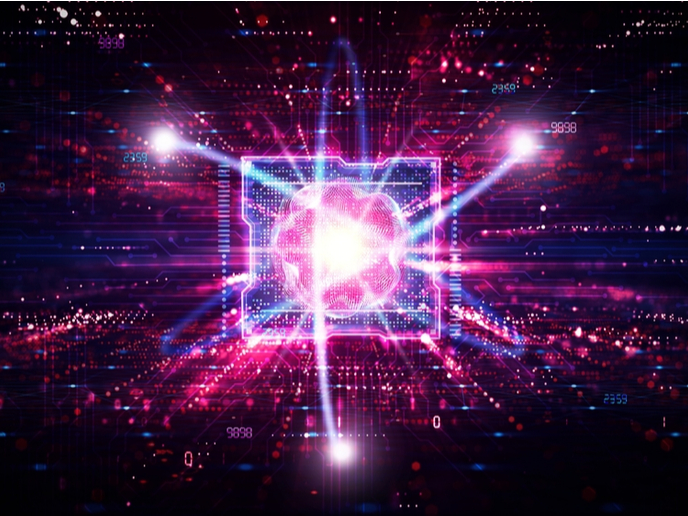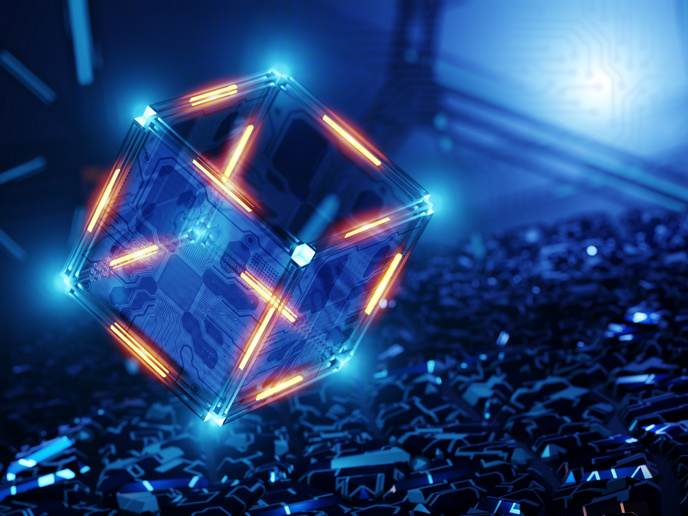Combining photons and atoms in quantum systems
Although still a theoretical achievement, quantum computers promise to revolutionise information processing. While conventional computers store and process information as bits with one of the values '0' or '1', quantum computers would exploit the ability of subatomic particles to embody more than one state at a time. Quantum networks could link quantum computing sites over long distances and enable capabilities such as quantum key distribution and teleportation. However, they present a serious challenge for the quantum information science community. To bring technology a step closer to quantum networks, the EU-funded ‘Entanglement with trapped ions in an optical cavity’ (40CACQED) project proposed coupling trapped ions – which represent promising information carriers in quantum computing – to an optical cavity. This way they would create a quantum interface between photons and atoms, allowing coherent transfer of quantum information between light and matter. Scientists achieved ion trapping using this new trap under ultra-high vacuum. In parallel, a high-finesse cavity was constructed with more than twice the fibre-to-fibre separation previously used in neutral atom experiments. Furthermore, a 729 nm laser was employed to address qubit transition and read out quantum information stored in the ions. Using Raman spectroscopy of the ion-cavity system, new techniques were developed to optimise coupling of the ion to the cavity. 40CACQED project’s approach to trap ions in an optical cavity has allowed coherent transfer of quantum information between light and matter. These findings have important consequences for future quantum system networks.







